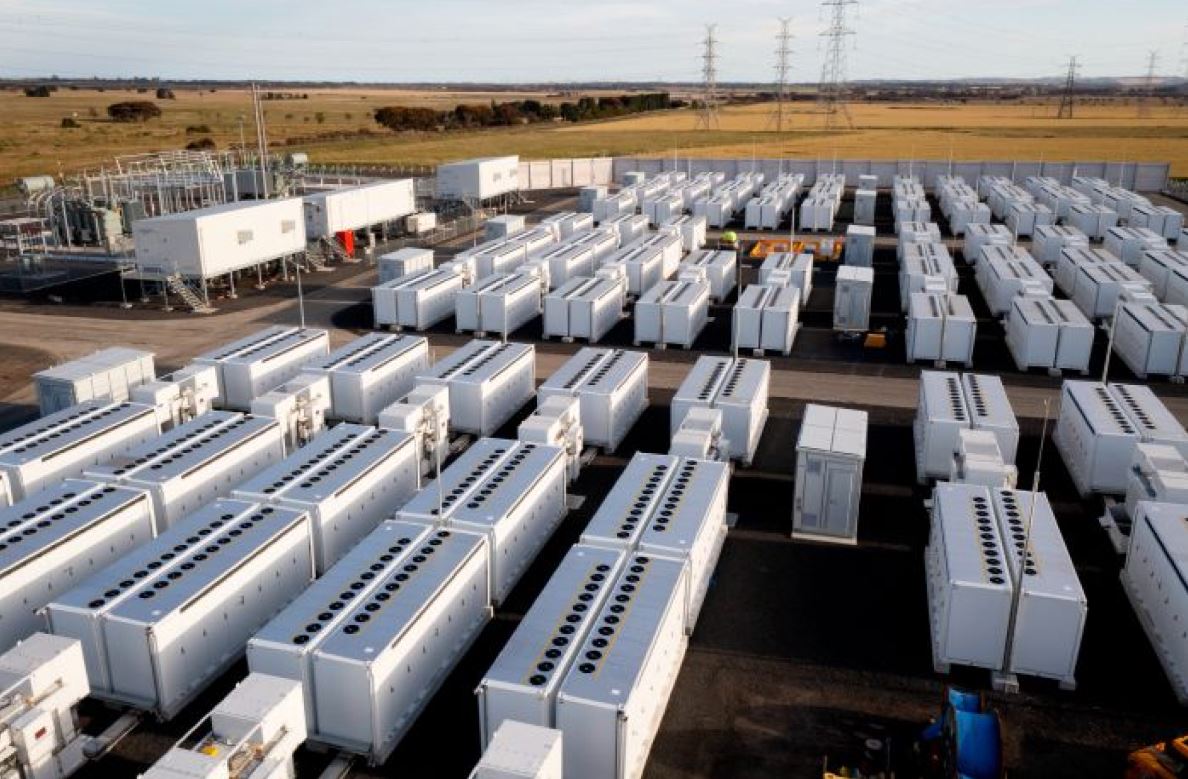The call for an accelerated national renewable energy storage scheme (the scheme) has gained voice as the Smart Energy Council (SEC), Clean Energy Investor Group (CEIG), and Climate Action Network Australia (CANA) joined in unison to urge federal and state energy ministers to unshackle investment by establishing a “Renewable Energy Storage Acceleration Scheme.”
Such a scheme would see state governments partner with the federal government for a series of large-scale renewable storage project tenders. The idea being to accelerate the build out of utility-scale firming mechanisms to support the desperate need for more renewable energy rollout.
The Australian Energy Market Operator’s (AEMO) Integrated System Plan (ISP) forecasts the need for 60 GW of firming capacity by 2050, triple what is currently available.
In a speech made at Australian Energy Week in June, 2022, AEMO CEO Daniel Westerman expressed deep concern about the scale of investment being made into energy storage projects.
“That firming capacity, including dispatchable storage, is absolutely critical and, to be frank, one of my worries is we’re not really seeing that investment in firming capacity at sufficient scale at the moment,” said Westerman.
SEC Chief Executive John Grimes said there is no way Australia can reach its target of “82% renewables by 2030 unless we unleash renewable energy storage. We need everything from batteries on wheels in electric vehicles to household battery systems to unlocking massive investment in large-scale energy storage projects through a Renewable Energy Storage Acceleration Scheme.”
The scheme would require a large-scale renewable energy storage target in gigawatts or each state and territory, adding up to a national large-scale renewable energy storage target (LREST).
Love me tenders
The aforementioned tenders would see proponents bid a floor price for a potential project’s net revenue over a set period. Successful proposals would then be able to take advantage of low-cost financing that might otherwise be difficult to obtain in a market where some perceived uncertainty lurks in storage revenues.
CEIG Chair Simon Corbell said the potential scheme would deliver “fast, proven and cost-effective renewable energy storage and provides exactly the right signals to investors. The scheme also retains strong incentives or owners of storage assets to pursue other revenue schemes, thereby reducing risk to consumers and taxpayers.”
According to the SEC the revenues of such large-scale projects would likely far exceed the initial floor bid, meaning the government would not have to contribute payments to the projects themselves. Moreover, “claw back provisions” in the scheme would mean that storage projects would make return payments to governments when their revenues reach a net revenue ceiling set in the tender process.
CANA’s CEO, Glen Klatovsky, added that the scheme would provide governments with “a genuine way to make sure energy storage is operating and ready to go as our old, polluting coal-fired power stations retire.”
Utility-scale battery energy storage systems can be operational within 18 months of being awarded a tender if the project is sufficiently advanced in its planning.
“We urge energy ministers to put in place a Renewable Energy Storage Acceleration Scheme before the end of the year,” said Klatovsky finally.
This content is protected by copyright and may not be reused. If you want to cooperate with us and would like to reuse some of our content, please contact: editors@pv-magazine.com.









1 comment
By submitting this form you agree to pv magazine using your data for the purposes of publishing your comment.
Your personal data will only be disclosed or otherwise transmitted to third parties for the purposes of spam filtering or if this is necessary for technical maintenance of the website. Any other transfer to third parties will not take place unless this is justified on the basis of applicable data protection regulations or if pv magazine is legally obliged to do so.
You may revoke this consent at any time with effect for the future, in which case your personal data will be deleted immediately. Otherwise, your data will be deleted if pv magazine has processed your request or the purpose of data storage is fulfilled.
Further information on data privacy can be found in our Data Protection Policy.